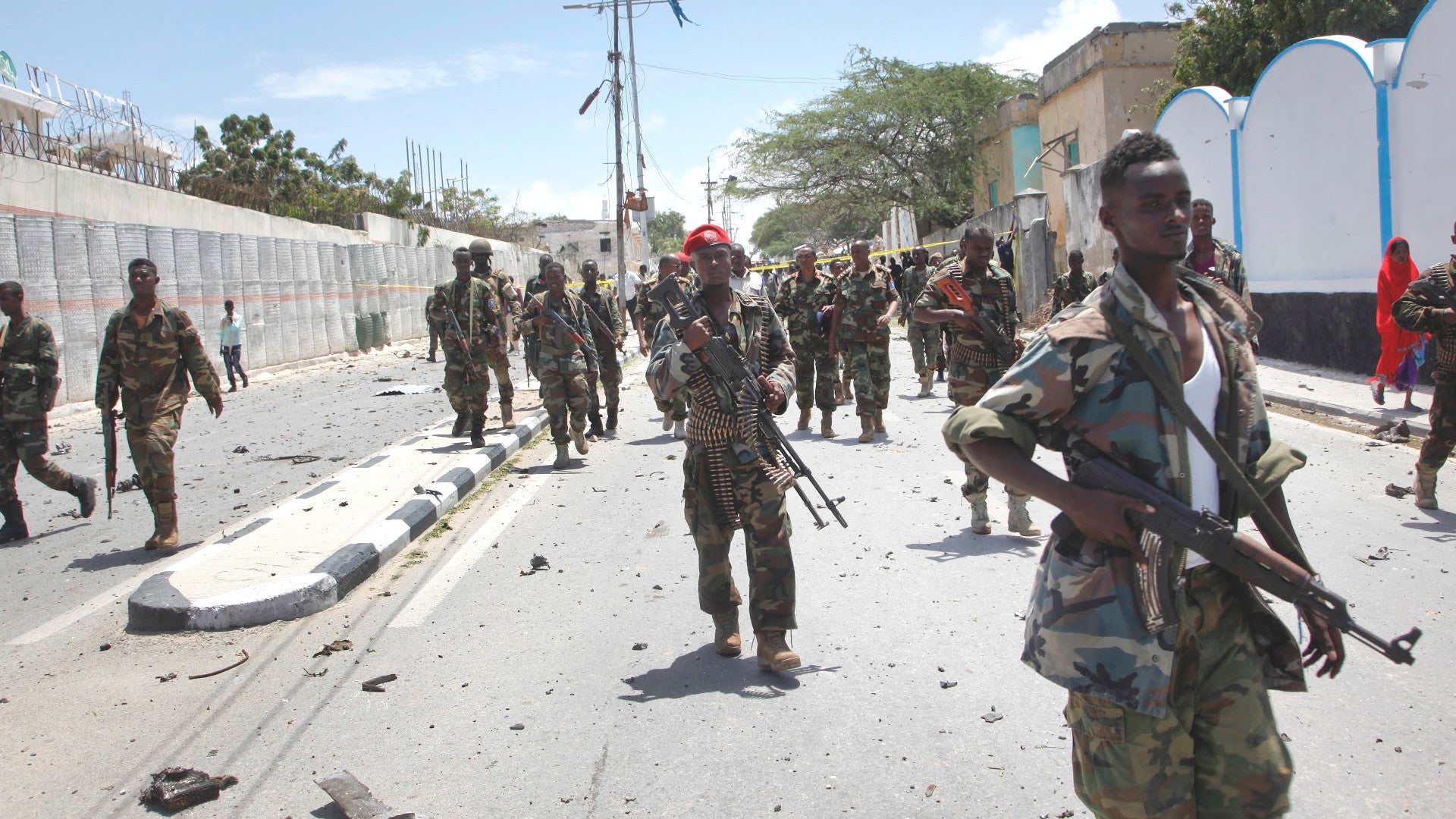As Somalia teeters on the edge of famine, the United States has announced plans to expand its secretive war in the country. The new plan, which includes giving American forces on the ground greater authority to call in fire support, is in line with increasingly aggressive policies President Donald Trump’s administration has already adopted in Iraq, Syria, and Yemen.
On March 30, 2017, the Pentagon announced it would provide additional unspecified strikes for both African Union Mission in Somalia (AMISOM) peacekeepers and Somalia government forces. Both groups are battling Islamist insurgents from Al Shabaab, a terrorist organization linked to Al Qaeda.
A major change in U.S. policy
“This authority is consistent with our approach of developing capable Somali security forces and supporting regional partners in their efforts to combat Al Shabaab,” U.S. Navy Captain Jeff Davis, a Pentagon spokesman, wrote in a statement on March 30, 2017. “Somali and AMISOM forces have already achieved significant success in recapturing territory from Al Shabaab, and additional U.S. support will help them increase pressure on Al Shabaab, and reduce the risk to our partner forces when they conduct operations.”
Though the Pentagon did not offer any specific details, these “precision fires” would most likely include manned and unmanned air strikes. However, it is possible that this could mean howitzer or rocket artillery attacks, which American troops already employ to great effect in Iraq and Syria.
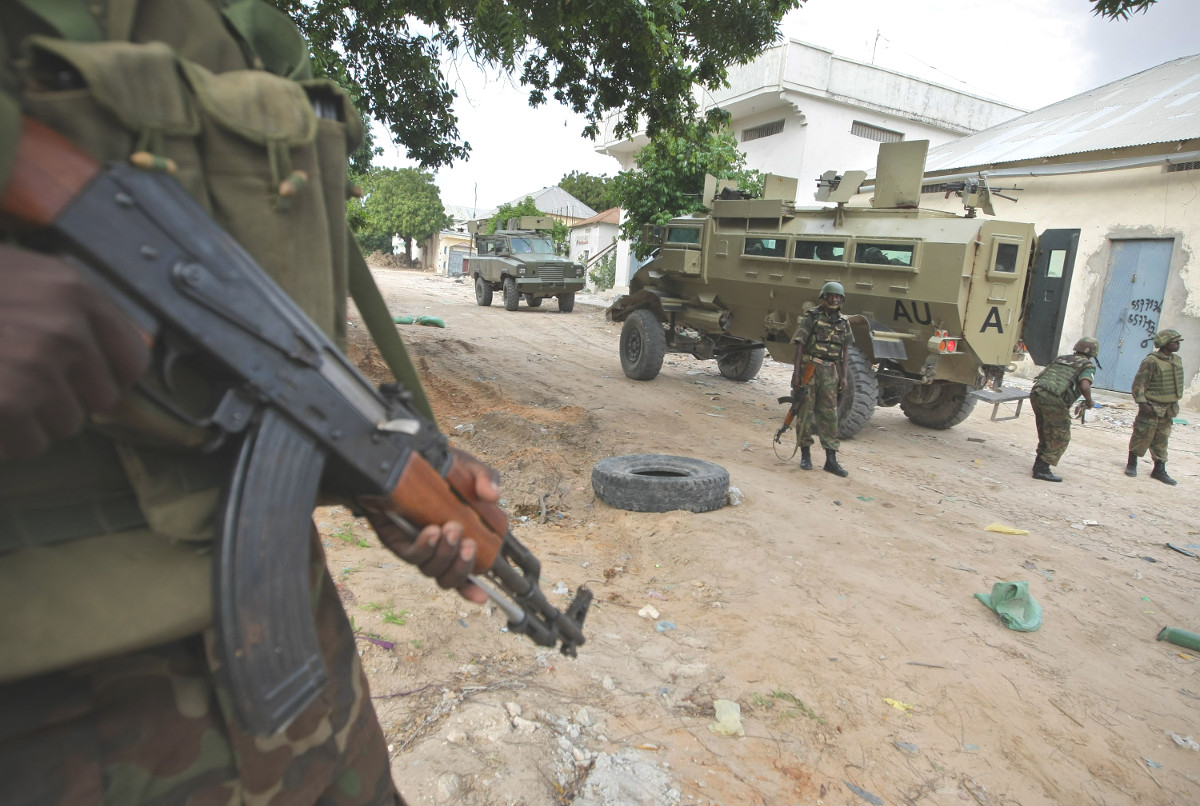
Similar to previous reports about policy changes in the Middle East, the new plan included relaxed rules on the procedures for calling in those attacks, according to The New York Times. Unnamed defense sources told ABC News that the Pentagon had termed the “southern” portion of Somalia – likely not including the largely independent Puntland and Somaliland autonomous regions in the north – as an “active area of hostilities” for the next six months.
President Barack Obama’s administration had used that nomenclature to refer to larger campaigns, such as those in Iraq between 2003 and 2011 and in Afghanistan. The label would give American troops in Somalia far greater latitude to conduct their operations. Since his election campaign, Trump had been vocal about his plans to unleash the military against terrorists around the world. Now, American troops may be even closer to the fighting in Somalia, too.
Trump’s changes represent the first major, public shift in what has steadily and quietly become a multi-faceted counter-terrorism mission in East Africa. By 2017, while the Pentagon had been actively fighting the terrorists in Somalia for at least a decade, Obama-era rules and restrictions had tried to keep their presence discreet and American troops away from direct combat.
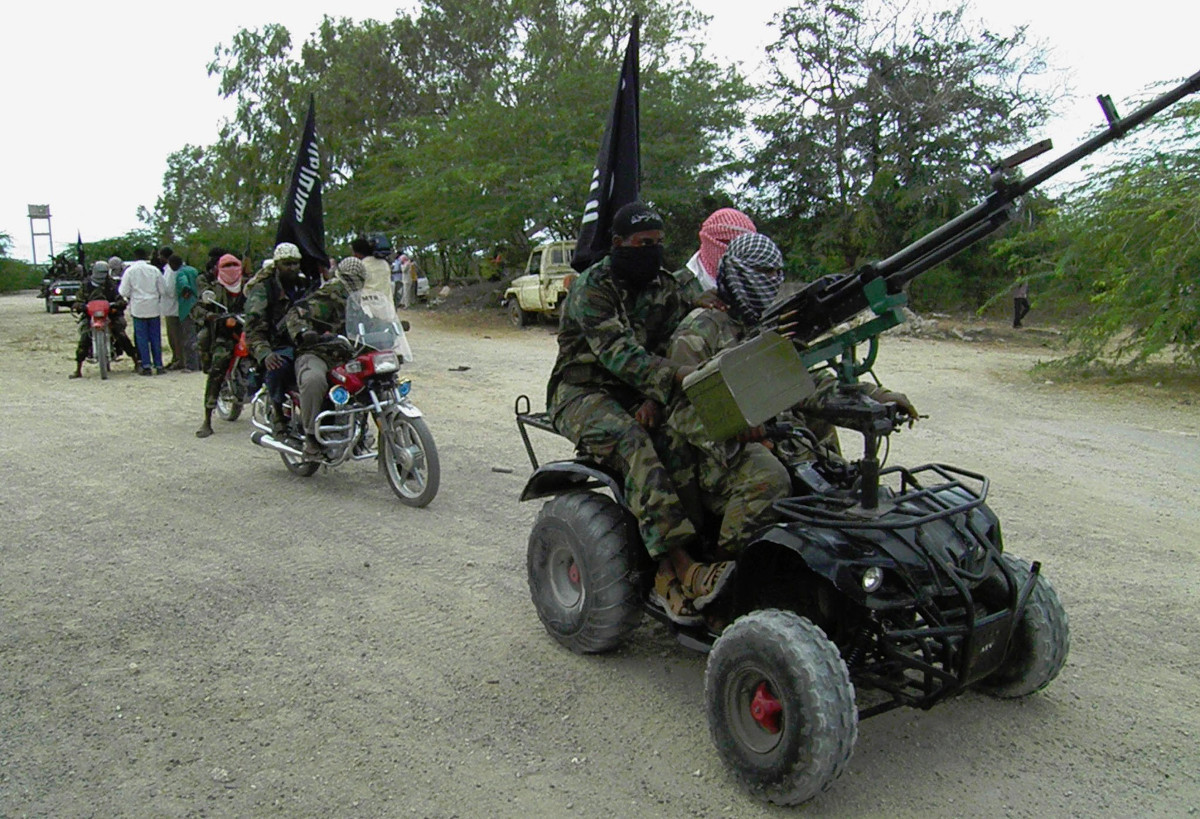
The Obama Doctrine at work in Somalia
During the Obama administration, what public face there was for American military operations in Somalia focused almost entirely on support for AMISOM. In January 2007, the African Union approved the mission to help Somalia’s fledgling central government take control. For years, insecurity in the country had forced Somalia’s internationally-recognized Transitional Federal Government (TFG) to operate from offices in neighboring Kenya. The next month, the United Nations Security Council gave its own mandate to the peacekeeping operation.
The Somali politicians walked straight into a volatile power vacuum. After its dramatic loss to Ethiopian troops fighting on behalf of the TFG in 2006, former members of a parallel authority called the Islamic Courts Union had scattered and gone into armed opposition. The Islamist rebels rebranded themselves as Al Shabaab and formally pledged allegiance to Al Qaeda in 2012. The organization has had reported contact with other African Islamists, including the North African Al Qaeda in the Islamic Maghreb (AQIM) and Nigeria’s Boko Haram.
In 2015, a faction attempted to swing Al Shabaab into cooperation with Islamic State, which led to an internal power struggle. Officially, the terrorist group remains loyal to Al Qaeda’s international leadership, which many believe to still be in Pakistan. The organization’s internal security arm has a history of arresting and executing defectors and those who threaten to splinter off, often discrediting them as spies for Western powers in the process.
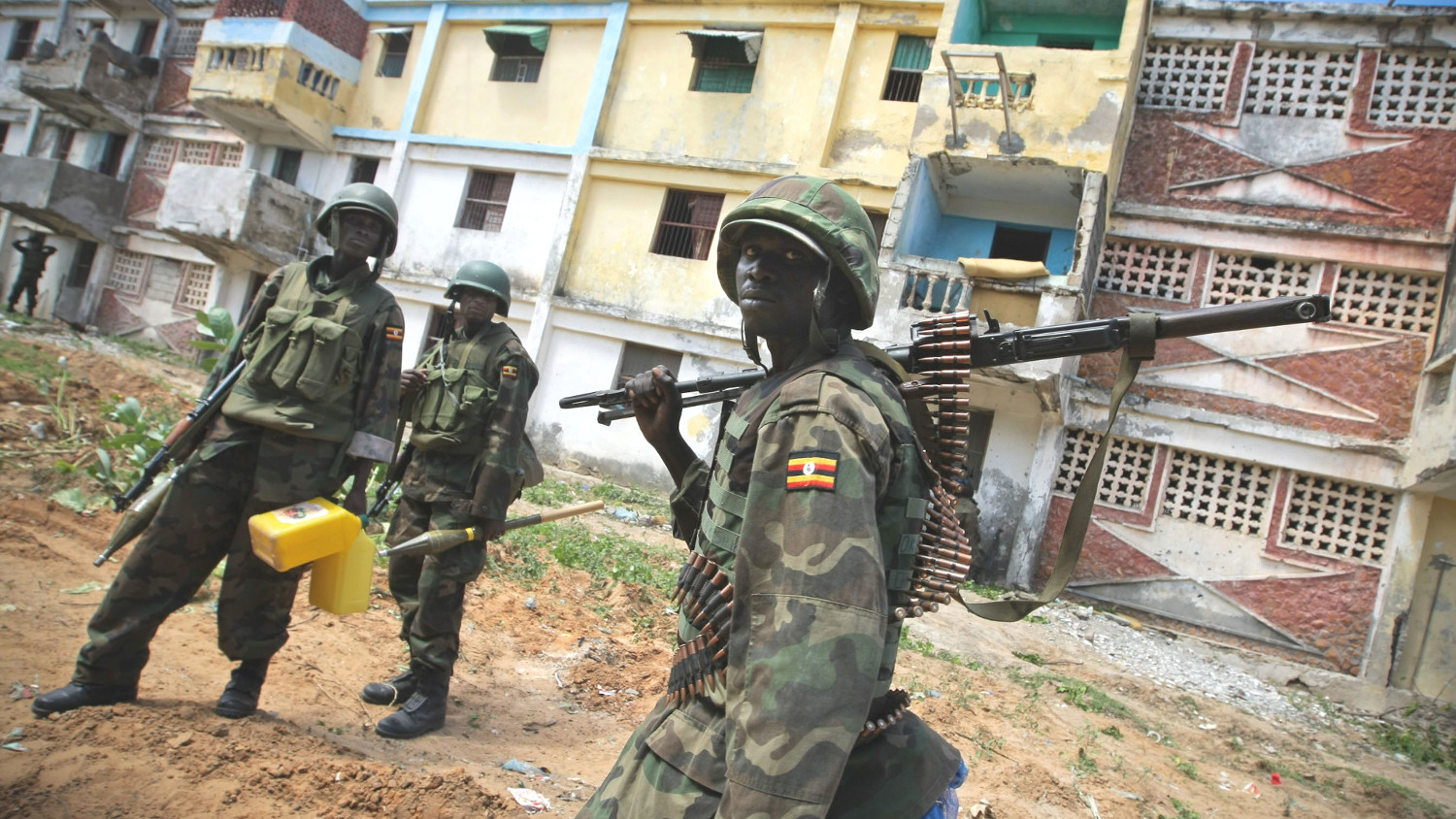
Al Shabaab is “Al Qaeda’s foremost African franchise,” the January-March 2017 edition of Special Warfare, the U.S. Army Special Operation’s Command’s official magazine, declared. “Although the group has likely been pressured by key territorial and leadership losses since mid-2015, its operational tempo has been mostly unhindered.”
To help AMISOM keep this threat at bay in Somalia, the Pentagon has been training and equipping African troops heading for Somalia and providing other logistical support. Kenya and Uganda are the main force providers, though Djibouti, Sierra Leon, and Burundi have contributed forces as well.
Ethoipia, which has a long and complicated history with its smaller neighbor, including a bloody war over the Ogaden region between 1977 and 1978, also has and continues to be nominally part of the mission. Since 2006, observers have accused its troops of human rights abuses in the Ogaden and its forces in Somalia proper have reportedly operated independently of the bulk of AMISOM.
After it stood up in 2008, U.S. Africa Command (AFRICOM) took responsibility for American military support to the African Union-led operation. Nearly a decade later, American forces continued to conduct this effort through at a network of so-called cooperative security locations across the continent.
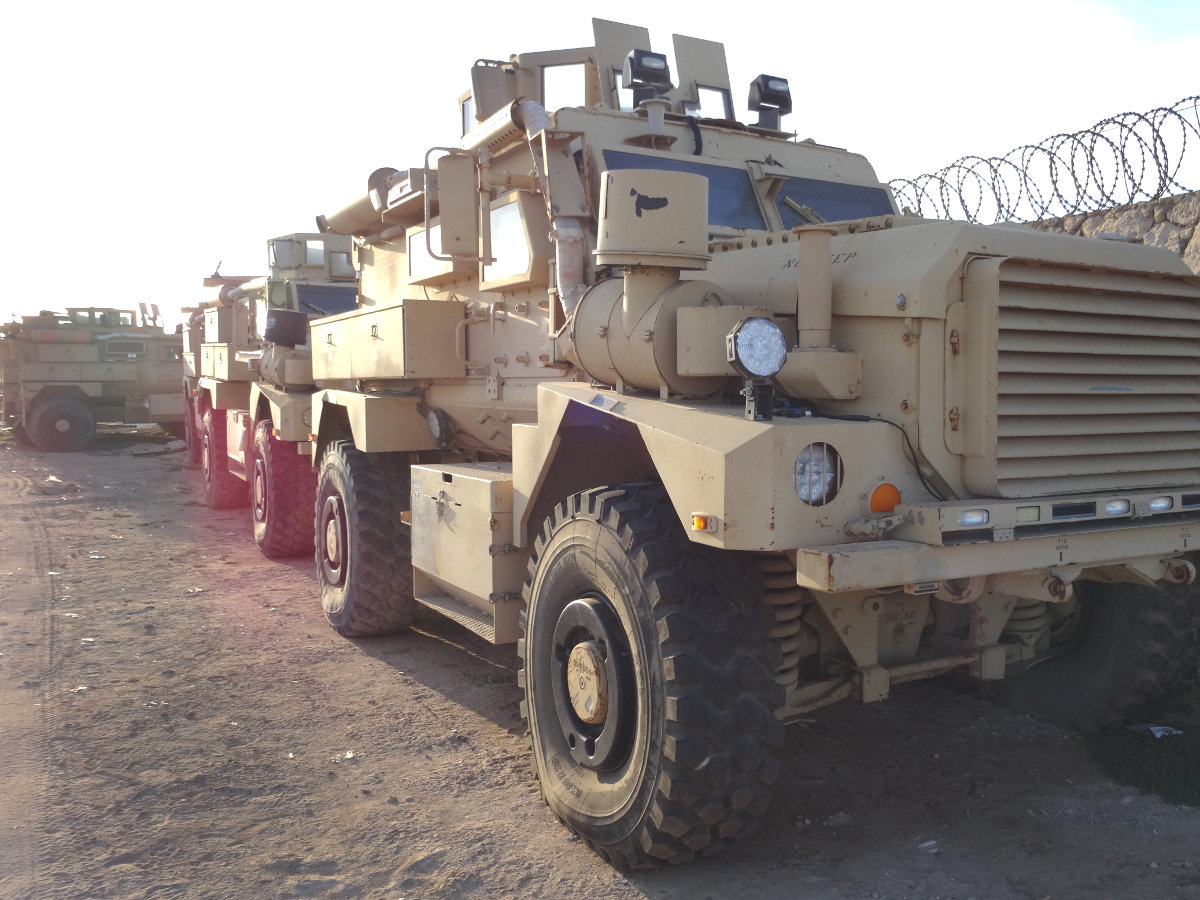
From its hub at Camp Lemonnier in Djibouti, the Combined Joint Task Force – Horn of Africa (CJTF-HOA), with the help of an East Africa-focused special operations task force, coordinated the practice sessions and equipment deliveries. All of these American activities were under the umbrella of a larger regional mission, nicknamed Operation Octave Shield.
The exercises include everything from small unit tactics to disarming improvised explosive devices, which Al Shabaab routinely employs to ambush AMISOM and government troops. Equipment includes everything from armored trucks to medical supplies.
In 2015, just through the Pseudo-Foreign Military Sales, the Pentagon arranged the shipment of more than dozen mine-resistant vehicles with Soviet-era 12.7mm DShK and 7.62mm PKM-type machine guns, hundreds of thousands of rounds of ammunition, dozens of radios, and other gear, worth more than $13 million in total. This information came from a series of records the War Zone obtained through a Freedom of Information Act (FOIA) Request.
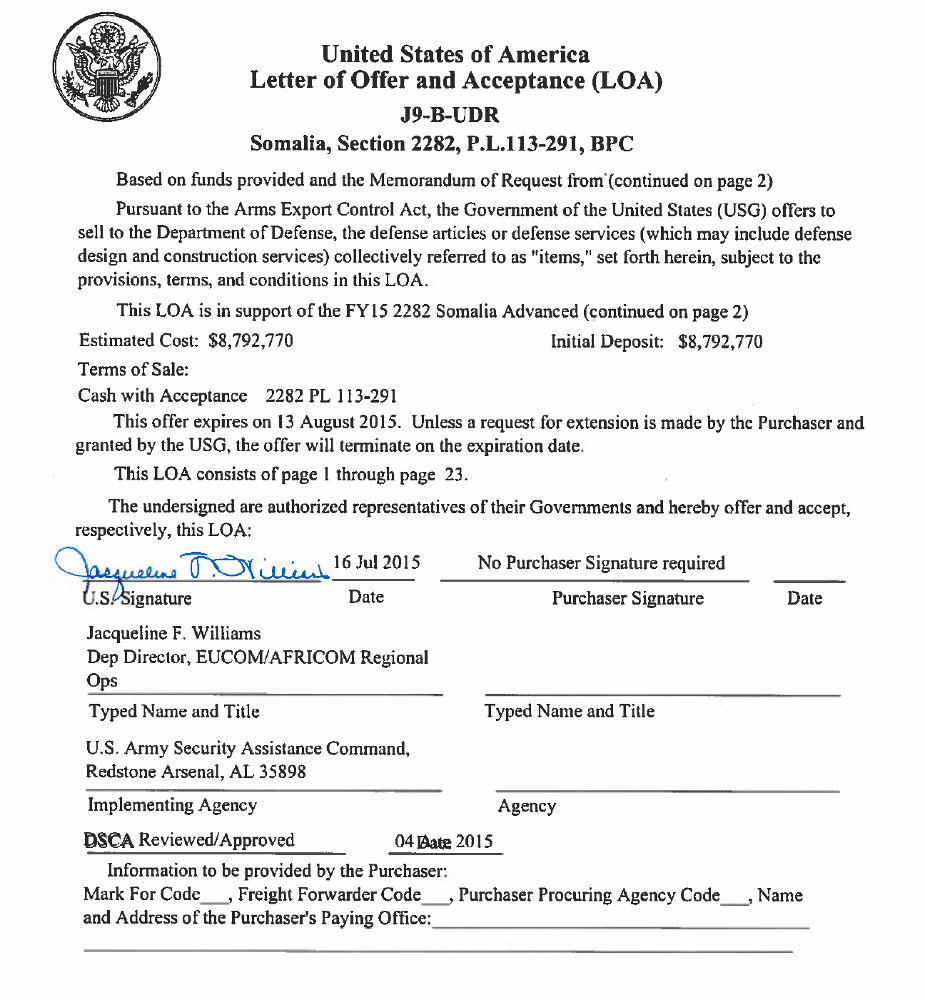
Unlike more conventional foreign military assistance, this process lets American officials drop military aid on partners without them having to put up any money or even sign the necessary paperwork. As far as the Pentagon is concerned, the transfers actually occur between its own purchasing agents. Formal letters exist to document the process, but clearly state “no purchaser signature required.”
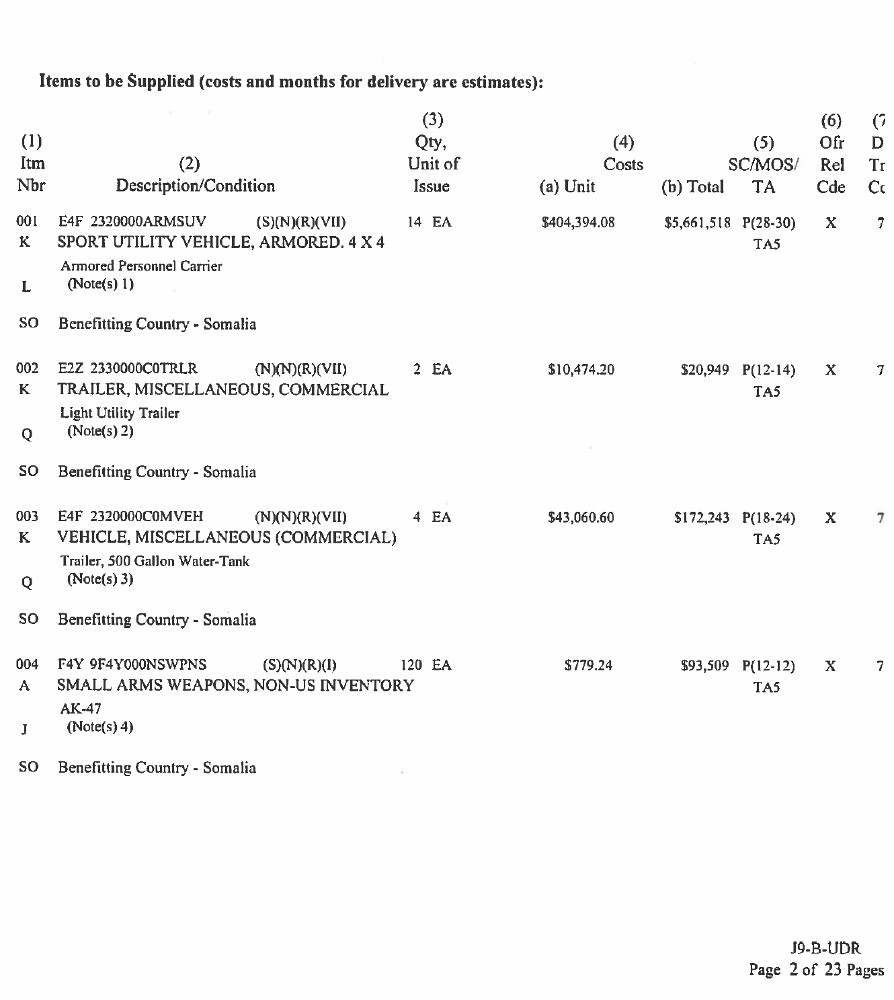
And training programs could be a regional, interagency affair, sometimes involving the State Department or domestic law enforcement agencies. Between at least 2012 and 2014, the U.S. Army’s Security Assistance Command (USASAC) and the Federal Bureau of Investigation (FBI) apparently ran a previously unreported joint program called the Yemen-Somalia Agent Information Exchange Conference (YSAIEC).

Reports The War Zone obtained from the FBI through a separate FOIA request only document plans in 2012 to train Yemeni agents on how to analyze the aftermath of terrorist bomb attacks. The Bureau ultimately canceled those training courses due to a lack of funding. We still don’t know the full extent of the program. In December 2016, in response to yet another FOIA, USASAC said it could find no record of any formal agreements with FBI specifically relating to the YSAIEC project.
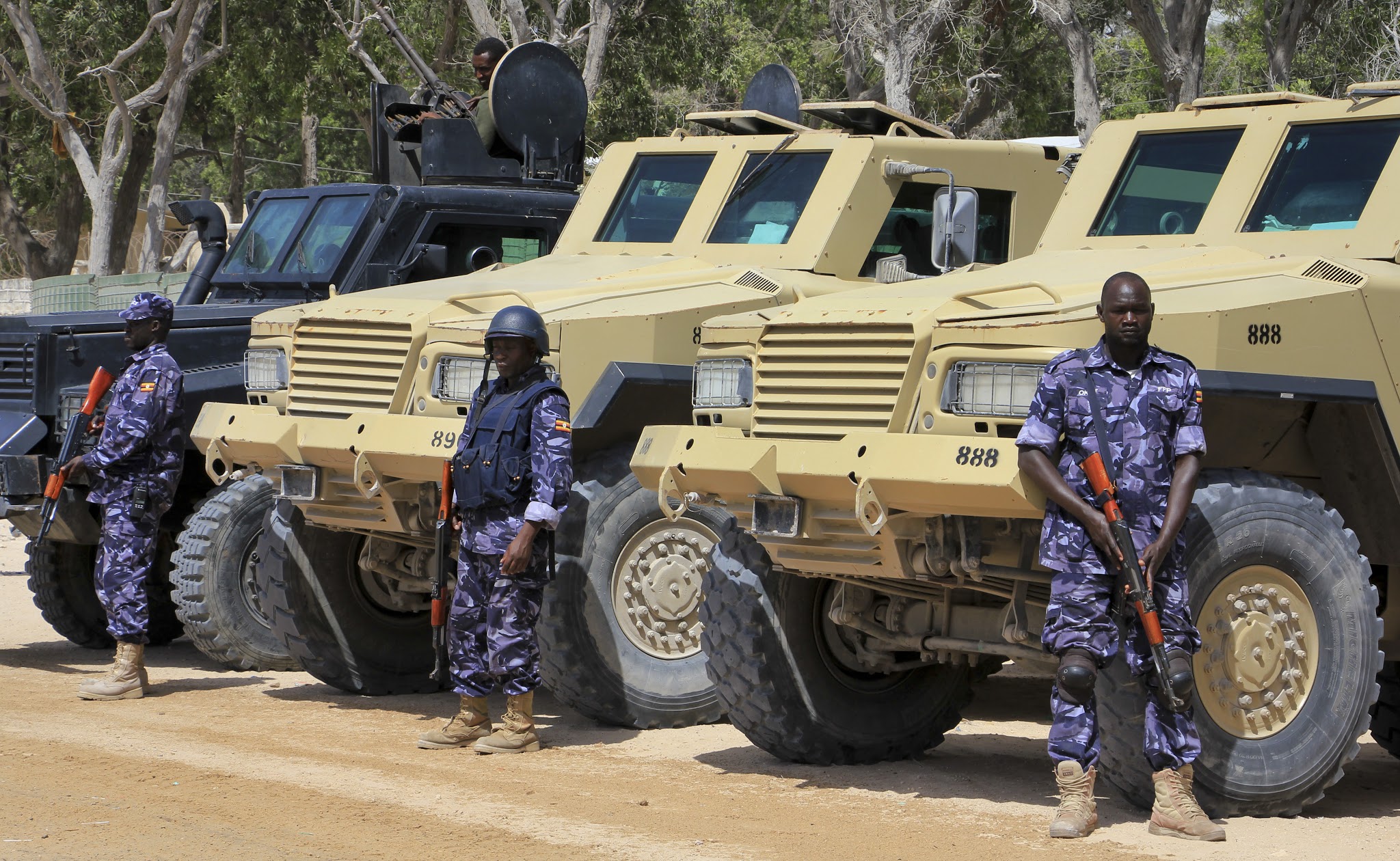
Separately, in 2007, American forces quietly began targeting Al Shabaab and its leadership as part of a separate shadowy counter terrorism mission, known as Operation Juniper Garrett. In January 2007, the Air Force spent two days attacking terrorists, including at least one sortie involving a heavily armed AC-130 gunship.
Six years later, a group of elite forces from Joint Special Operations Command (JSOC), called Task Force 48-4, were reportedly spread throughout East Africa and Yemen hunting specific individuals. Reports The Intercept obtained in 2015 showed ground forces, drones and manned surveillance aircraft – including MQ-1 Predators, MQ-9 Reapers, P-3C Orions, U-28As, and contractor-operated planes – based in Djibouti, Ethiopia, and Kenya, as well as off the coast of Somalia itself. At the time, F-15E Strike Eagles, likely from the 48th Fighter Wing based at RAF Lakenheath in the United Kingdom, were responsible for many of the actual air strikes.
During 2015 and 2016, the Pentagon reported five targeted attacks on terrorists in Somalia. In March 2016, American aircraft notably killed more than 150 Al Shabaab fighters at a training camp near Raso, more than 100 miles north of Mogadishu.
JSOC also conducted raids on the ground. In September 2009, members of SEAL Team Six and the 160th Special Operations Aviation Regiment attacked a convoy carrying Saleh Ali Saleh Nabhan, a member of the global Al Qaeda organization and intermediary with Al Shabaab, and his compatriots near the town of Barawe. The special operators killed Nabhan and captured other members of his entourage.
On Jan. 23, 2012, special operations, possibly again from SEAL Team Six, successfully rescued American citizen Jessica Buchanan Danish national Poul Thisted from Al Shabaab. The terrorists had been holding the two westerns, who had worked been in the country working for the Danish Demining Group, the year before. Obama authorized the mission, dubbed Operation Octave Fusion, after learning that Buchanan’s health was failing. After the rescue, a team from the 379th Expeditionary Aeromedical Evacuation Squadron, based at Al Udeid Air Base in Qatar, helped get her to a military hospital in Djibouti for treatment.
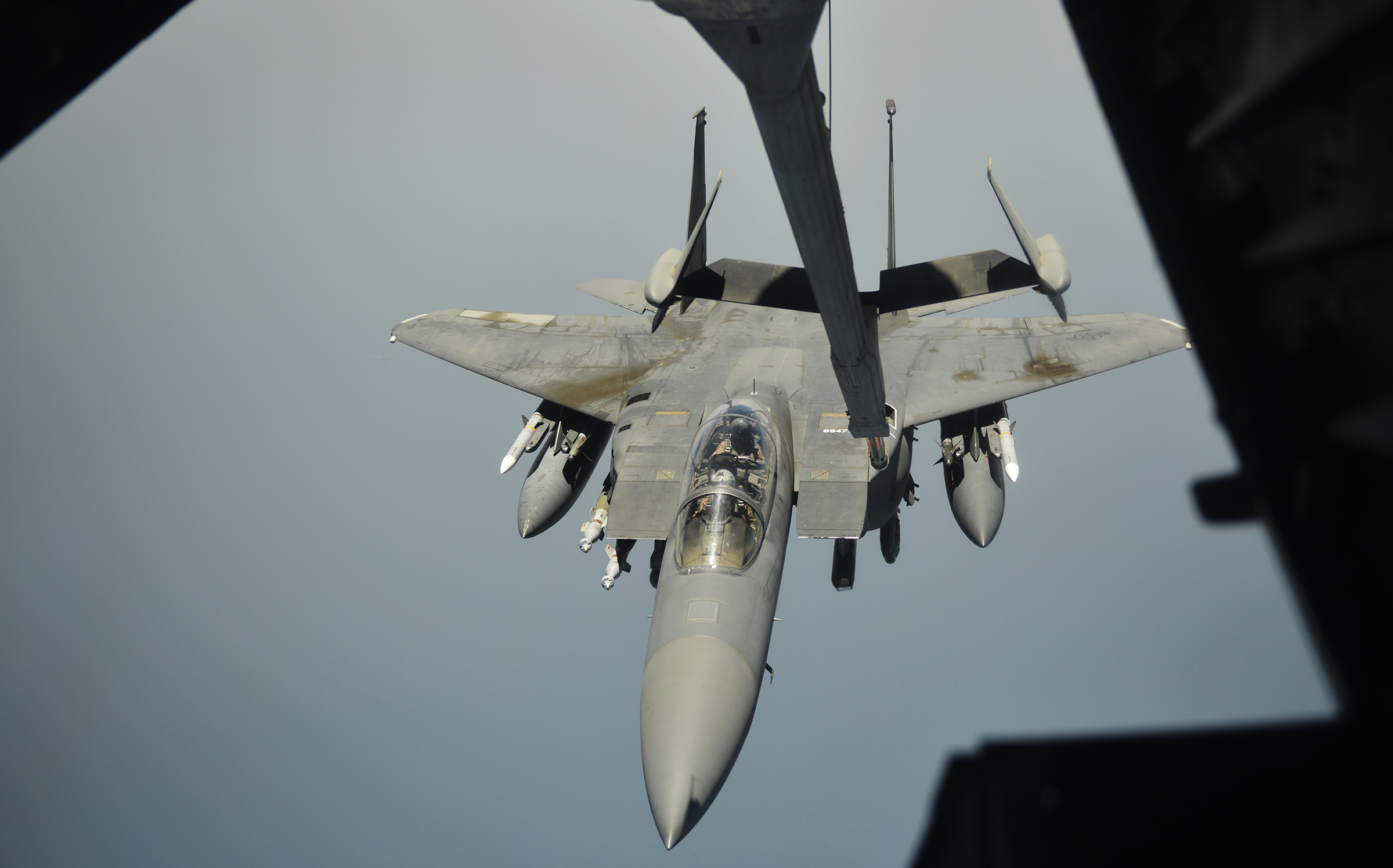
Not every raid was so successful. In January 2013, American forces supported a French mission to rescue intelligence agent Denis Allex. The operation failed and Al Shabaab militants murdered Allex. Almost 10 months later, SEAL Team Six returned to Barawe, but was forced to leave without killing or capturing their target after a sustained firefight.
The Pentagon’s efforts don’t necessarily include the Central Intelligence Agency’s (CIA) cooperation with its powerful counterpart in Somalia, the National Intelligence and Security Agency (NISA), either. NISA is in charge of the country’s premier anti-terror units, most notably Danab, meaning “lightning,” a reportedly battalion-size elite special operations force, part of the agency’s larger rapid reaction arm called Gaashaan, or “shield.”
The United States also stepped up support for Kenya’s domestic counter-terrorism activities, as Al Shabaab began conducting attacks across the border. In 2012, Kenyan troops had helped local forces liberate the city of Kismayo in southern Somalia and much of the surrounding area from the group. The following year, Al Shabaab terrorists infamously killed more than 65 people in an attack on the popular Westgate shopping mall in Nairobi, Kenya.
The offensive also brought the peacekeepers into conflict with Somalia’s government, who worried the offensive was actually a land grab. Ultimately, authorities in Mogadishu and Nairobi settled the argument by granting the Jubaland region an autonomous status similar to Puntland and Somaliland. Al Shabaab remained a major threat and the insurgents claimed to have killed scores of Kenyan troops in two spectacular attacks on their bases in 2016 and 2017. In both cases Kenya officials dismissed the terrorist claims, insisting their losses had been minor.
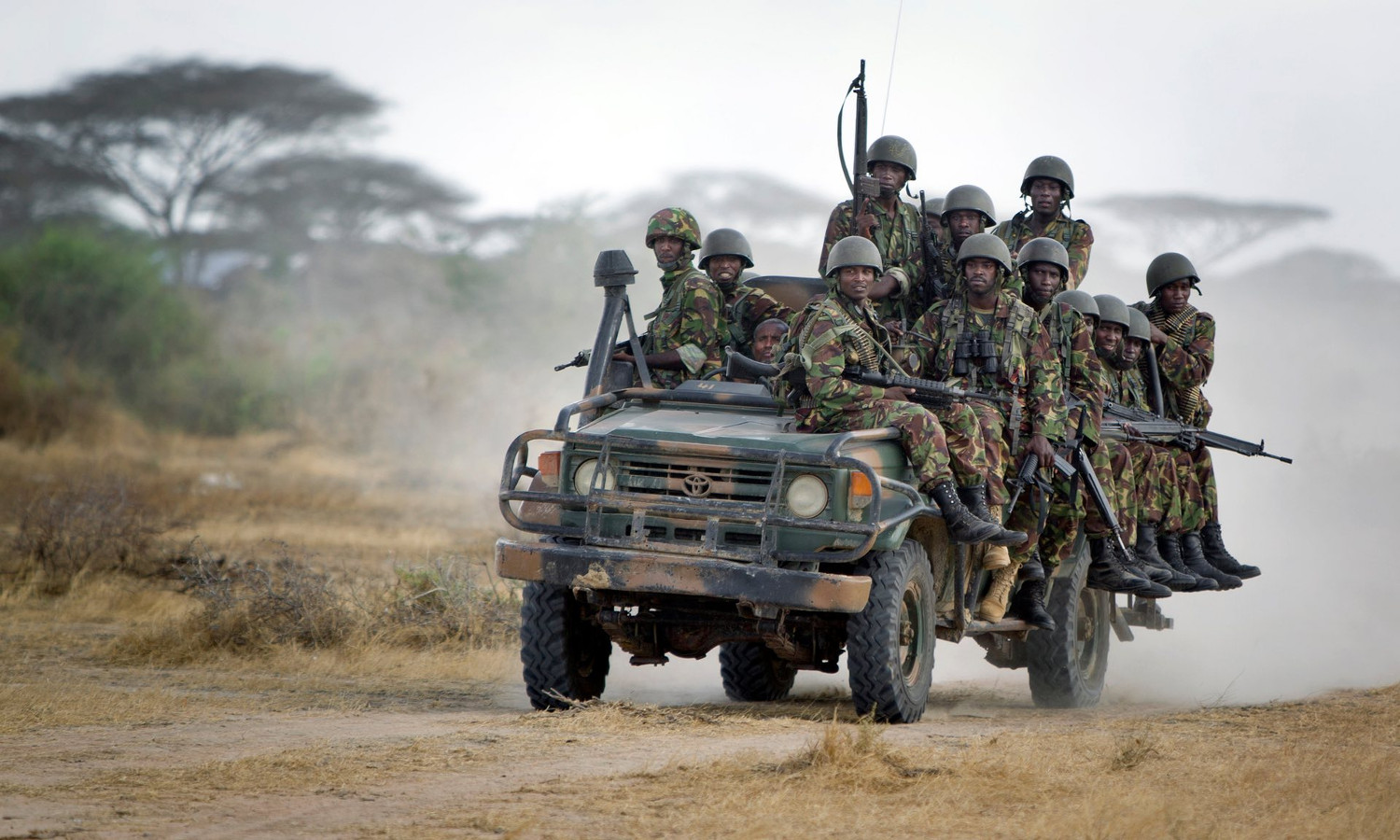
A harrowing past for the United States and Somalia
In spite of all this bloody fighting, when it came to American military activities in and around Somalia, the Obama administration had routinely stressed that U.S. deployments were temporary and in response to specific threats. In total, in 2016, AFRICOM launched nine “self-defense strikes.” Officially supporting AMISOM forces, these activities pointed to increasingly close coordination between American troops – likely special operations forces – and their African partners and their growing proximity to the actual fighting.
“It has been difficult to track strikes against [Al] Shabaab as there are multiple actors involved in targeting the group,” U.S. Army veteran and journalist Bill Roggio wrote at the Long War Journal in January 2017. “[But] AFRICOM has loosely defined targets such as IED facilities and training camps as ‘counterterrorism operations,’ when in reality these are military operations since they are often launched against well-defended and well-defined targets in areas under direct [Al] Shabaab control.”

However, as of January 2017, the only permanently deployed American troops in Somalia were the less than 10 individuals assigned to the Military Coordination Cell (MCC) in Mogadishu. On average, this group had approximately five personnel, Robyn Mack, an AFRICOM spokesperson, previously explained to The War Zone in an email. Officials refused to go into detail about the operations in Somalia, even as it became more and more obvious they were small, but enduring missions with “boots on the ground” in or at least near combat.
Part of Obama’s reluctance undoubtedly had to do with the American public’s poor memory of the last U.S. intervention in Somalia. In 1992, then President George H.W. Bush sent troops to join a United Nations peacekeeping and humanitarian assistance mission in Somalia, which had been wracked by both famine and civil strife.
U.N. forces found themselves increasingly unable to cope with the fluid situation where warlords and their militias still commanded immense power. Historically, in spite of Somalia being largely ethnically and religiously homogeneous, family-based clan relationships have repeatedly proved stronger than any central, independent government.
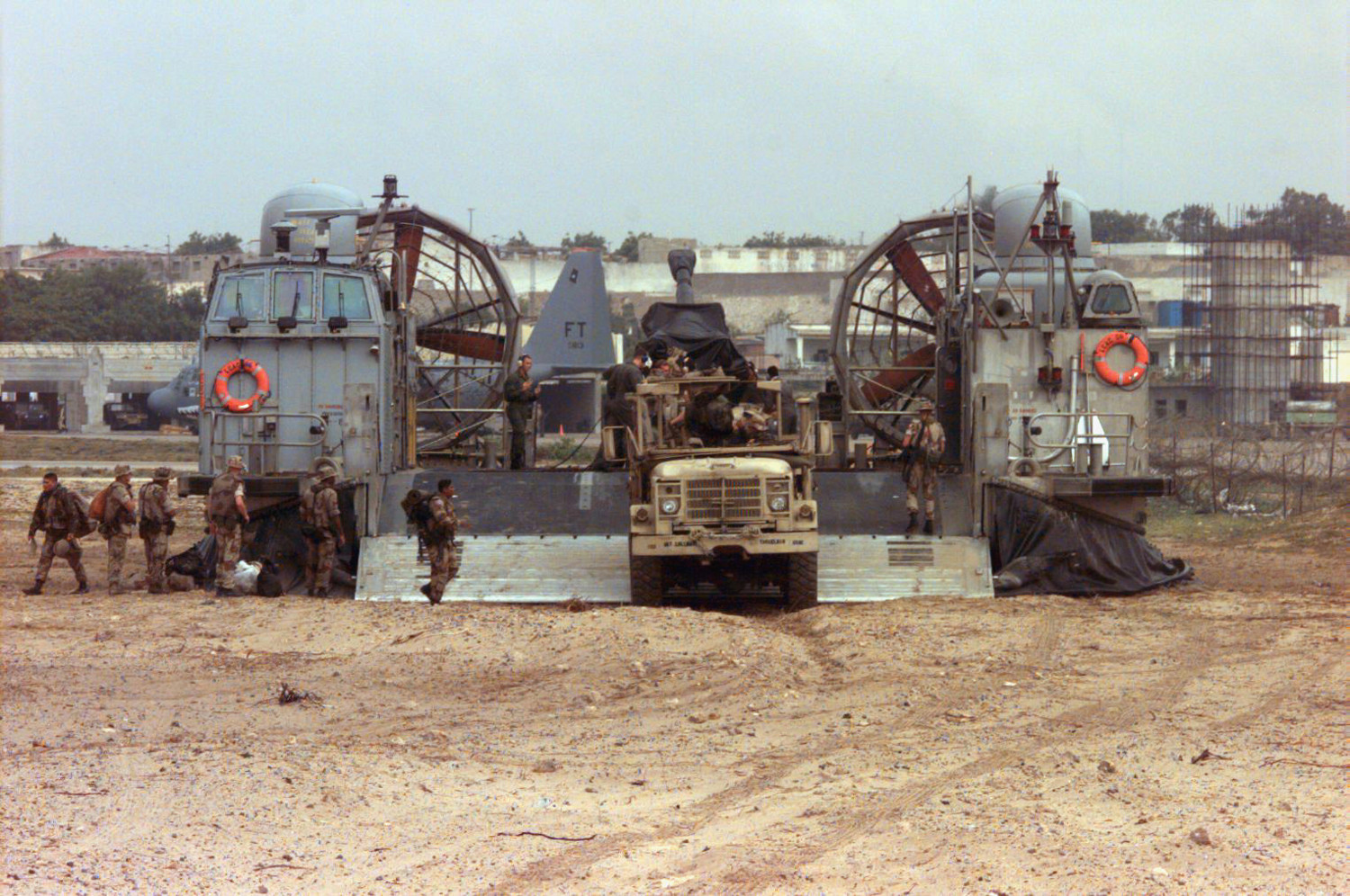
In 1993, the international community attempted to step up the pressure with an expanded peace enforcement mission. The United States launched a separate, but coordinated effort to capture prominent militant leaders, most notably Mohammed Farah Aidid.
On Oct. 3, 1993, a day-light raid on a house in downtown Mogadishu sparked a multi-day, running battle between American special operations forces and conventional troops and Aidid-allied militiamen. During the course of the fighting, Aidid’s militiamen shot down multiple UH-60 Black Hawk helicopters and killed 19 U.S. personnel. Journalist Mark Bowden later immortalized the events in his book Black Hawk Down.
The debacle noticeable soured many Americans on the Somalia mission in particular and foreign interventions as a whole. The last U.S. troops left the country in 1994, nearly a month before originally planned and with little fanfare there or at home.
“There was no official flag-lowering today, just a brief handshake between an American Marine officer and an Egyptian captain at the airport,” The New York Times
reported on March 25, 1994. “There was scavenging and even looting at the American camps even as troops were packing.”
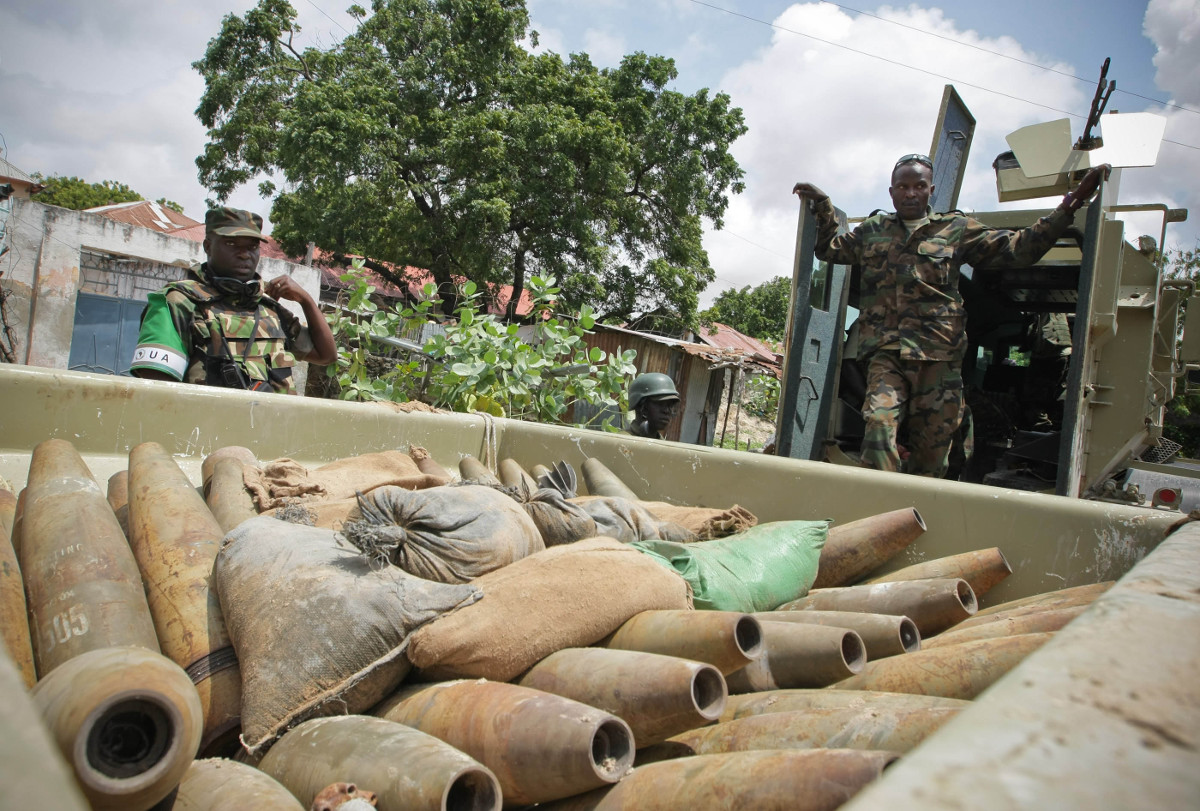
A murky path ahead
Every subsequent U.S. administration was wary of repeating any part of the debacle, even after it became clear that Al Shabaab presented a major threat to the country and surrounding region. Now, Trump has apparently moved to formally expand both of these operations, or kick off an entirely new phase of America’s mission in Somalia, as his administration has already done in Yemen, Iraq, Syria, and Yemen.
It’s not clear whether the additional fire support will be enough to change the situation or do so quickly. “The nascent Somali National Army [SNA] continues to lack the will and capacity to combat the group unilaterally and the Somali government continues to have little influence outside the capital,” the authors of the explainer in Special Warfare stated bluntly.
“Despite the best efforts of the U.S. Government and the rest of the donor community, much of the SNA remains unrepresentative of the Somali population, as it features significant imbalances with regard to regional representation, clan, and loyalties,” State Department officials wrote in another backgrounder for a contract proposal aimed at hiring private advisors to help develop the country’s security forces.
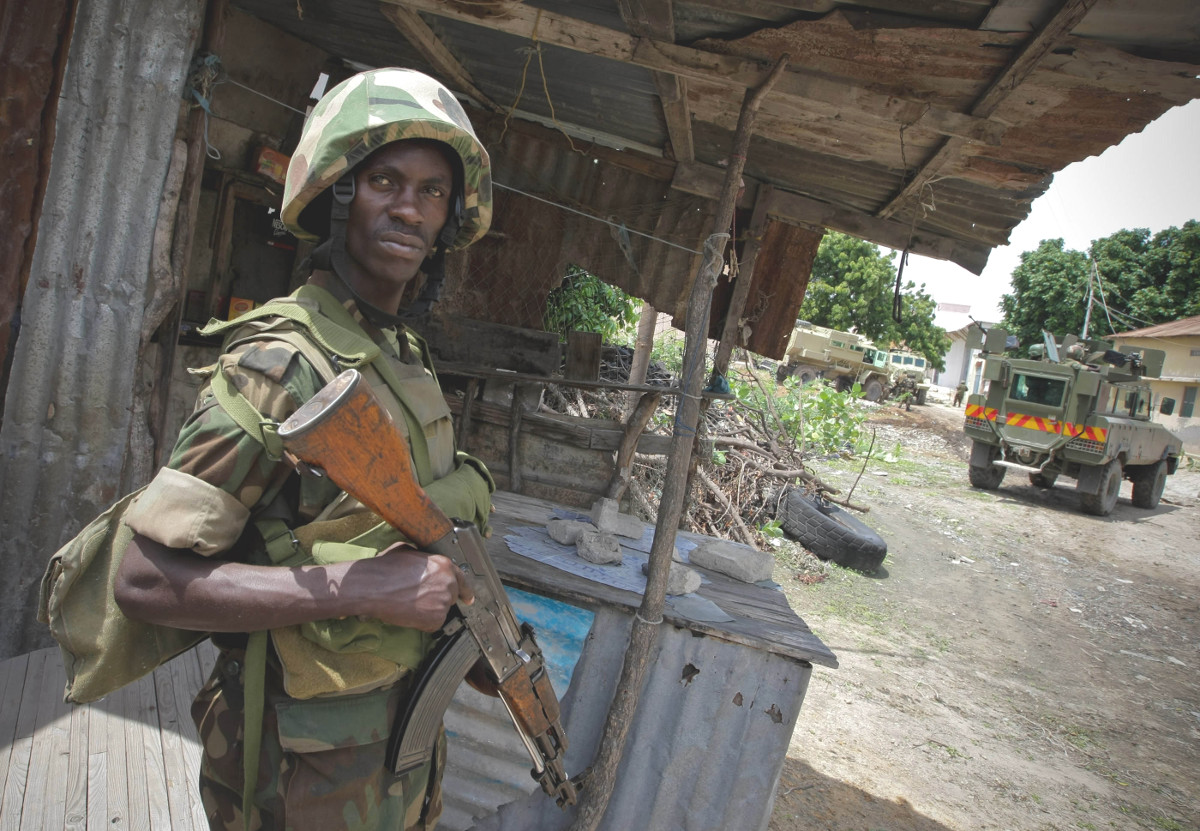
On top of that, Somalia’s seemingly perpetual instability threatens to provoke a massive humanitarian disaster yet again. Earlier in March 2017, the United Nations Under-Secretary-General for Humanitarian Affairs Stephen O’Brien told the Security Council that nearly 3 million Somalis were at risk succumbing to a new famine.
“What I saw and heard during my visit to Somalia was distressing – women and children walk for weeks in search of food and water,” he explained. “They have lost their livestock, water sources have dried up and they have nothing left to survive on.”
This is exactly the sort of situation that might drive individuals to join Al Shabaab. Whether swayed by their ideology or not, the promise of the means to support one’s family would be attractive in a country where estimates put annual household incomes at less than $200. Economic pressures had been a major factor in the explosion of piracy off the country’s coast starting in 2005. The United States, NATO, the European Union and individual countries responded with a set of major naval operations that effectively ended maritime crime in the Gulf of Aden by the end of 2013.
However, as an indicator of Somalia’s persistent hardships, pirate hijacked a small oil lighter Aris 13 and its Sri Lanka crew earlier in March 2017. The boarders claimed their actions were in response to the Puntland government permitting foreigners fish in the region’s territorial waters, threatening the livelihoods of local fishermen. They threatened to continue their attacks until authorities rescinded the permits.
In addition, if Trump’s expanded military operations cause surge in civilian casualties – as has already happened in Iraq and Syria – terrorists would be keen to turn those deaths into more propaganda against the still weak central government. New, riskier raids, akin to a controversial one in Yemen in January 2017, could have a similarly negative impact. Of course, the Pentagon’s policies regarding Somalia are likely to change even more in the coming months, just as strategies have continued to evolve in other hot spots in the Middle East and elsewhere.
However, it seems safe to say that America is entering a new chapter of its military interventions in East Africa.
Contact the author: joe@thedrive.com
